Observatorio tecnológico del 23 al 29 de junio
This week in the Technology Observatory:
- The next Nexus tablet from Google may have been unveiled
- Vodafone to sell unlocked cell phones and unlock old cell phones free of charge
- Microsoft accidentally confirms the existence of Surface Mini
- Microsoft increases the free space on OneDrive from 7 to 15 gigabytes
- The lowdown on Nokia X2
- Google I/O
- Nexus cell phones will continue to exist but the Android Silver is still a mystery
Last week saw a rise in rumors about Nexus 9, Google's possible new tablet, the specifications of which appear to have been leaked. Although no more than rumors, it seems the information that this new device could go by the name of “HTC Volantis” might be true. According to the leaks, Google's new tablet will contain some remarkable technical features. The device will have a resolution of 2048 x 1440 pixels and an 8.9-inch screen. It will also feature 2 GB of RAM memory and a 64-bit Tegra K1 processor that will gradually replace current cell phone processors. The camera specifications include an 8 megapixel rear-facing camera and a 3 megapixel front-facing camera. Moreover, Volantis will be marketed with two options for internal storage: 16 and 32 GB. A version with LTE is also expected. All of this in a cell phone with an elegant aluminum design that weighs only 418 grams. In a word, if these rumors turn out to be true, the highly attractive features of this HTC Volantis could make it a winner with fans of the brand. Even so, it will probably not launch until the end of the year, along with the next version of Android.
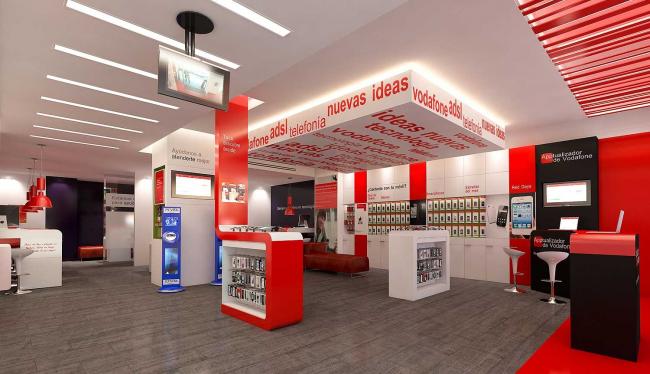
At this point, it's beginning to look like there really isn't a lot of sense in selling locked cell phones that only work with one operator. Last September, Movistar became the first operator in Spain to announce the end of operator locks and the sale of unlocked cell phones. Orange has since followed suit, and this week Vodafone announced it would go down the same road as well. In fact, the operator is about to offer its first unlocked cell phones, starting with the new LG G3. Anyone, even if they have a contract with another operator, will be able to purchase a cell phone from Vodafone. The company has announced that the initiative "will be gradually extended to all the new cell phones sold by Vodafone". Details about prices and payment methods have not yet been revealed. So what will happen to old customers with SIM-locked cell phones? Until now, customers have been entitled to have their phones unlocked at end of the contract, but the process often takes several weeks. The difference now, following the changes just introduced by Vodafone, is that unlocking a cell phone will be much simpler, with customers merely submitting their request through My Vodafone. The new service goes live in July and will be free of charge for all customers.
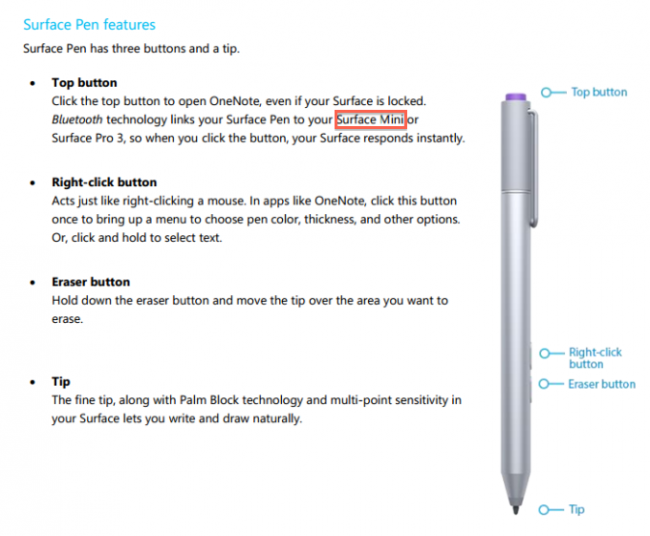
In the middle of May, Microsoft presented the Surface Pro 3, the third version of the company's Surface Pro tablet family which surpasses all previous versions and is well on the way to achieving the goal of becoming the definitive replacement for the laptop. The launch was unexpected because there had been numerous rumors during the months preceding the event that pointed to the presentation of a "mini" version of the tablet, a version that we now know for sure to exist. After the “non presentation” of Microsoft's "mini" tablet, which according to some was due to a last-minute decision because of its limited competitiveness versus similar products on the market, the company itself accidentally confirmed its existence (not all that strange considering that Facebook recently let the cat out of the bag about Slingshot, a new messaging app that had been rumored for some time and finally saw the light of day last week). Specifically, this occurred through the Surface Pro 3 user guide which was published very late in the day on one of its official websites and is no longer available. The section dedicated to Surface Pen - a new optical pen presented in conjunction with Pro 3 - stated that "Bluetooth technology connects your Surface Pen with your Surface Mini or Surface Pro 3, so when you click the button, your Surface will respond immediately". So yes, the rumors were right on target, since the Surface Mini is very real. Does this mean they will end up launching it officially and that it will be the same as the one described in several reports? No one knows for sure and there are three options: one, that the Surface Mini will never see the light of day; two, that it will be launched at some point this year; and three, that a mini tablet will be launched but will differ considerably from the one described in the leaks.
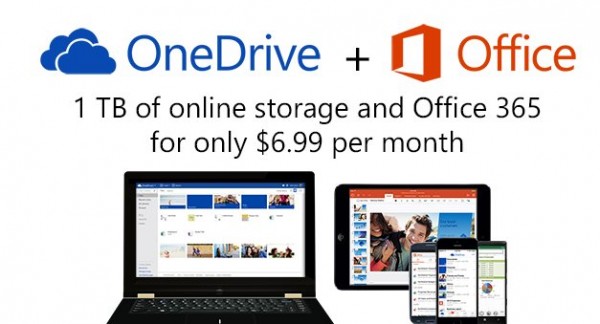
Microsoft has announced changes in the pricing plan for its online storage services. The free space on OneDrive will increase from 7 to 15 gigabytes. The company says that 75% of their users has less than 15 gigabytes stored on their computer, so it considers 15 to be the appropriate amount to offer free of charge in their cloud, all with the goal of competing with Dropbox, Google Drive, Box and all the other services out there for storing documents, videos and pictures. Office 365 customers will have 1 tera of space, as publicized in the promotional image shown here informing users that for 7 dollars a month they will be able to access Office 365 Personal and the tera, which will be available within a few weeks. Office 365 Home (9.99 dollars a month) will make 1 tera available per user (up to a maximum of five), Office 365 Personal (6.99 dollars a month) will make 1 tera of space available per subscription. Monthly prices have been lowered for users who require more storage space but do not need an Office 365 subscription. They will be able to contract an additional 100 gigas for 1.99 dollars a month (the previous price was 7.49 dollars) and 200 gigas more for 3.99 dollars (previously 11.49 dollars). All of these changes will come into force during the month of July and will affect both new and current customers.
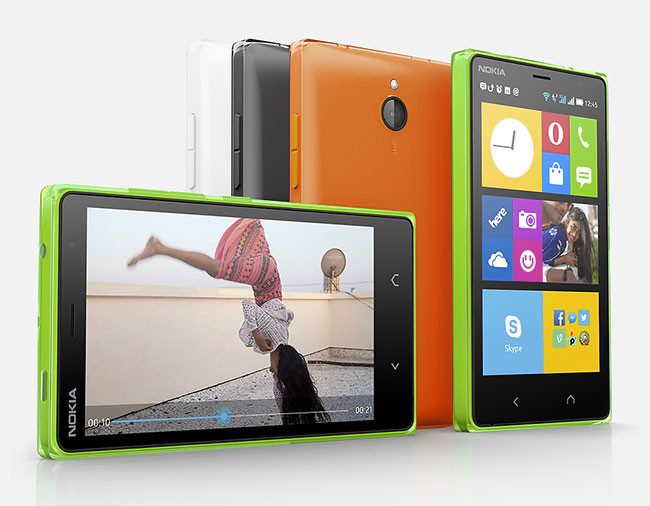
Enter Nokia X2, a new generation of smartphones from Microsoft with the Android fork featured in the first models, which interestingly enough were presented only a few months ago. The new X2 has undergone some interesting changes, improving certain features but maintaining its competitive price, since it will be available in Spain for 120 euros. Apart from the specific improvements in the hardware, what really stands out is the new 4.3-inch format, compared with the 4 and 5 inches of the first generation. Nokia X2 maintains the Microsoft Layer and all its services, its own apps store and the very useful double SIM. The first Nokia X came in two formats: 4 inches for the X and X+, and 5 inches for the XL, all with a resolution of 800x480 pixels. The Nokia X2 comes in an intermediate size, with a 4.3-inch screen and high WVGA resolution (once again, 800x480 pixels). The total density is 217 dpi, much lower than the flagships on the market but more than enough for a low-cost product. The size of the screen is not the only new feature - it also has an additional touch key. In contrast to the single 'back' key found in the first generation, the Nokia X2 has a 'home' key as well as a 'back' key, and both touch keys are located at the bottom. This should help the user to interact with the unusual operating system as the 'home' key is one of the most frequently used keys in the original Android system. As regards design, the Nokia X2 is identical to its predecessors, available in a brightly-colored polycarbonate case targeted at the young end of the market. Nokia has confirmed that it will go on sale in green, orange, black, yellow, white and gray, starting with the first three and leaving the rest for later. We obviously did not expect the Nokia X2 to include state-of-the-art specifications, but the screen resolution and all the other features are quite acceptable: 4.3 inches with 800x480 pixels, enhanced by a Qualcomm Snapdragon 200 processor and a dual core at 1.2 GHz, which is higher than the Snapdragon S4 Play MSM8225 used in the first Nokia X models. Another very interesting feature is the 1 GB of RAM memory versus the 512 and 768 MB of the previous generation, which will greatly improve the stability and efficiency of the system. There are also 4 GB of internal memory that can be expanded with a microSD and 7 GB of cloud storage in the Microsoft cloud. The camera features are more akin to the XL than to the X and X+: a 5 megapixel rear-facing camera and a VGA 0.3 pixel front-facing camera, also intended by Nokia to be used for simple videoconferences. There is also a rear flash LED, which is not available for example in the Nokia X. Finally, the physical dimensions of the Nokia X2 are rather conventional. The overall dimensions are 121.7x68.3x11.1 millimeters, with a total weight of 150 grams. On the plus side are the double SIM and the 1800 mAh battery which, according to Nokia, guarantees 13 hours of conversation or 4 hours of browsing through the mobile network. The Nokia X2 will retail in Spain at a price of 120 euros (99 euros before tax), although the model's availability has not been confirmed yet. In its official information Nokia has stated that the new X2 will be available immediately in certain countries but has not specified which.
Emailing with Gmail arrived late, when Hotmail had been already been around for years, but by 2012 the newcomer had surpassed its competitor. Neither was Google's DNS service an innovation when it was launched in 2009, but two years later it was servicing 70 billion requests daily and half of the Internet would collapse if it stopped working today. Now it’s the turn of domain registration. Google Domains offers the possibility of registering and managing new domains in the Google style and integrating them with tools like Google Apps and Google sites. Although the price is not as economical as expected ($12 is what we hear), it will include additional features such as identity protection, 100 email accounts and 100 sub-domains at no additional charge. As of now, it only works on a per-invitation basis.
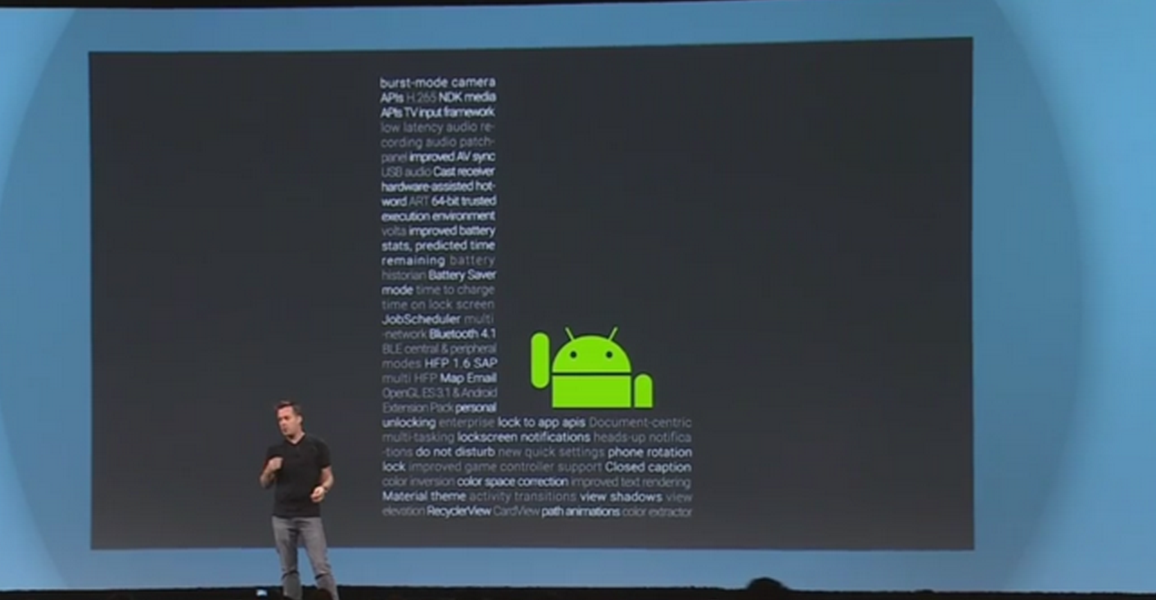
At its Google I/O conference for developers held in San Francisco, the company boasted of no less than 1 billion Android users and 62% of the tablet market. Most of all though, a long-awaited new product was unveiled: Android Wear. It also announced an O/S upgrade for cell phones: Android L. A new design that is simpler, more austere and more layered was also presented, along with the new Google Glass with 2 GB of RAM. Some of the key aspects are summarized below.
Sundar Pichai talking about numbers and the L bomb
The conference started out strong, after the announcement of 1 billion active Android devices and the presentation of Android One, a project designed to improve support for low-cost smartphones. This was followed by a five-minute demonstration of an incredible amount of information, including a preview of Android L, the upcoming version of Android that will change everything.
- Android boasta about its numbers: 1billion active users and new services
- Google introduces Android One, the project for low-cost smartphones
- Android L, now official
Android L, a radical change
Good for Google. It would be crazy to make a change like this available for everyone tomorrow because the change is so radical that only a few users would be able to assimilate it from one day to the next. This is precisely the reason for the preview - to get everyone talking about it for a while. And of course, no 5.0 and no Lollipop. We will have to wait for someone to let the cat out of the bag. What we know for now is that ART will be the base, it will have a nice design, Volta, a battery saving mode and 64 bits.
- ART will be the only virtual machine of the Android L
- Project Volta; The project that will provide the Android L with more battery
- Google Design: The lowdown
- Android L: The lowdown
Android Wear, TV and Auto
One Android is not enough. Neither are cell phones and tablets. And that's precisely why the company has launched Android TV, Android Wear and Android Auto, all of which are totally integrated with Google services and look fantastic. About gadgets: Gear Live and LG G Watch are available today, Moto 360 will have to wait.
- Android Wear: All the new features presented at the Google I/O
- LG G Watch, already available in Google Play
○ LG G Watch y Samsung Gear Live already available un Play Store for 199 euros
- Samsung Gear Live
- Android TV, the perfect system for you TV
- Android Auto: The hyperconnected operating system for your car
Google Services, improving the ecosystem
The conference finally reached the part that focused on developers, with the new features of Google Play and other associated services. These new features will actually be the most interesting on a day-to-day basis.
- Google Play Services 5.0: Support for Android Wear, achivements in Play Games, in-App indexation and more
- Chromebook can be unlocked from Android:See our notices and run apps
- Google Slides comes to Android: Presentations are added to Docs and Sheets
- Google presents Gmail API, a revolution in email
- New features for Play Games: Quests, saved games and player profiles
- Chromecast cam broadcast to your TV even if you are not on the same WIFI networf
- Google Fit, the API than can monitor your physical activity
- Cardboard, Google´s virtual reality glasses surprise
In recent months we have become very worried about Google I/O as it appears to be running out of new features. Many of us were waiting for upgrades in Nexus and Android Silver, a high-quality cell phone program with support from Google and external manufacturers, but as yet their existence remains unconfirmed, although there are a few clues. Android head of engineering Dave Burke was at a conference where this issue came up during one of the discussions. Those of us that want to continue having a state-of-the-art cell phone with a clean Android and at an affordable price can rest easy because the Nexus program continues moving forward and the company considers it essential to the growth of Android. This is what Dave Burke said:
People have been commenting about Nexus because there is something else and they think that means the end of Nexus. That is the totally wrong conclusion to make.
So the Nexus program will continue for some time, but there were no clarifications about the impact of Android Silver, if it exists at all.
Android Silver is not something that we are commenting on right now. But the prospect of Silver doesn't mean that Nexus is going away.
This does give a sense that Android Silver is a reality, whatever that reality might be, which could be anything from a premium service for operators to the replacement for Google Play Editions. Either way, if it adds more variety and doesn't displace the prestigious Nexus, there's little to worry about for the time being.
